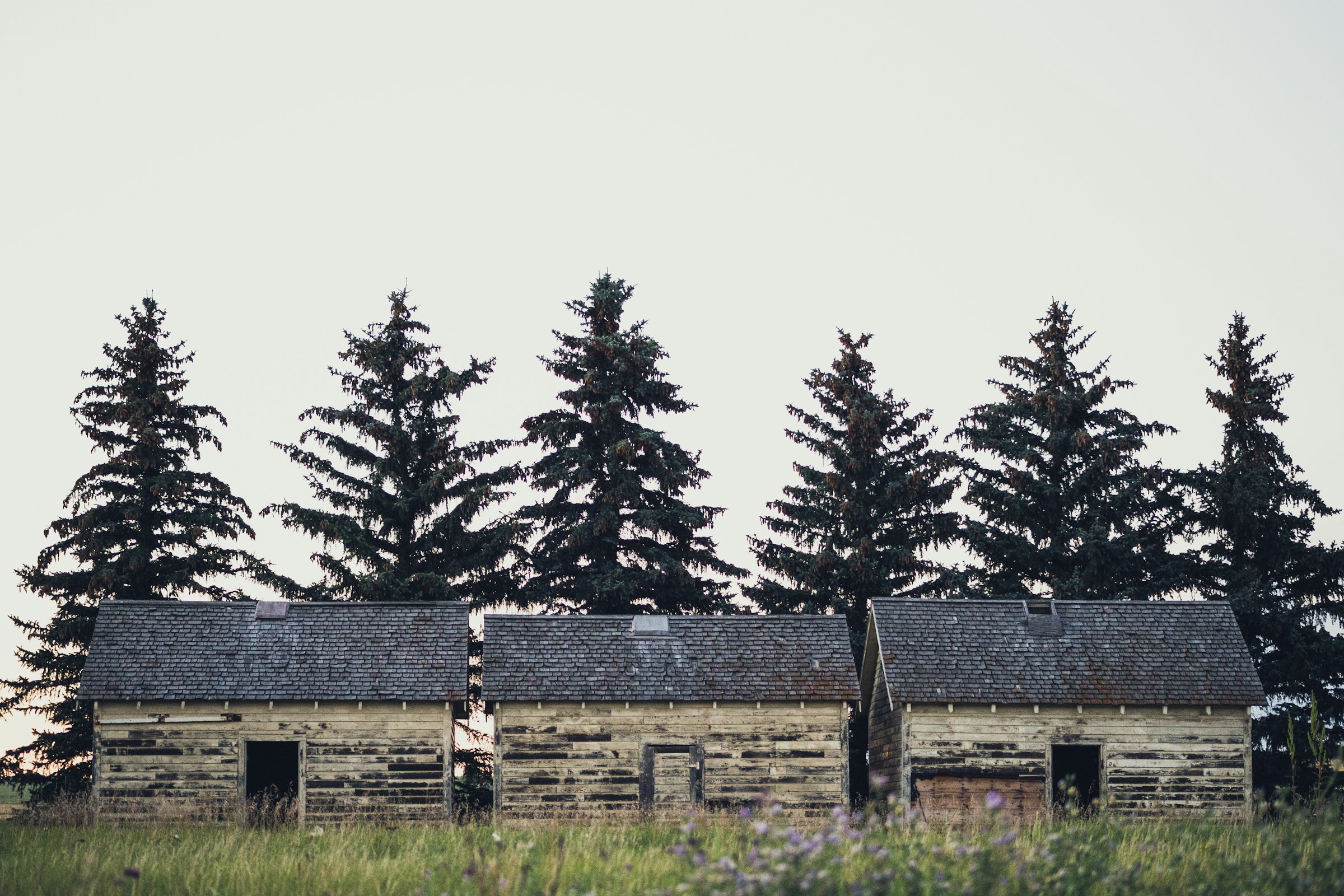How can you create a fire-resistant landscape in a UK rural setting?

In a changing world, where climate change and global warming have become prevalent topics, wildfires are a rising concern, particularly in rural landscapes. As per a study by Google scholars, an estimated increase of 20% in wildfire incidents in the UK over the past decade is alarming. This figure underscores the need for strategies and measures to protect our landscapes from fire. This article offers insight into how you can create a fire-resistant landscape in rural areas through the smart management of land.
Understanding the Threat
Before diving into the scenario of handling the imminent threat of wildfires, it's essential to understand the breadth of the challenge. Wildfires are not just a threat to the landscapes but also to biodiversity. They wreak havoc on forests, disrupt ecosystems, and pose a risk to the human population. Crossref, a scholar-driven ecosystem, has revealed that wildfires could account for up to 50% of the total carbon emissions, contributing significantly to climate change.
En parallèle : Explore the ideal pillows designed specifically for side sleepers
A study published by Google scholar pertains that the majority of wildfires are human-induced, resulting from carelessness or arson. Natural causes like lightning or volcanic activity take a back seat. This implies that while some instances are unpredictable, a considerable number of wildfire cases can be managed or even prevented with increased awareness and responsible behavior.
Land Management for Fire Resistance
One of the key aspects of creating a fire-resistant landscape is the management of land. This generally falls into two categories: prescribed burning and conservation management.
A lire en complément : How do you design a UK coastal bedroom that withstands salt air and moisture?
Prescribed burning involves intentionally setting areas of land on fire under controlled conditions to reduce the amount of flammable material available for potential wildfires. It's a preventive measure used to manage the accumulation of flammable vegetation, which can feed wildfires.
Conservation management, on the other hand, involves managing the landscape to maintain and enhance its biodiversity. This might include measures such as planting fire-resistant tree species, creating fire breaks (gaps in vegetation that can help slow or stop the spread of fire), and maintaining healthy forests that are less susceptible to wildfire.
Fire-resistant Landscaping Scenarios
An effective fire management strategy is designing and implementing fire-resistant landscaping scenarios. These scenarios involve creating defensible spaces that can prevent the spread of fire and protect homes and other structures in rural areas.
A fire-resistant landscape isn't necessarily devoid of vegetation. Instead, it's a carefully planned and maintained area where fire-resistant plants are strategically placed. The selection of plants, their placement, and the continuous management of these spaces can create a shield against wildfires.
Models for Creating Fire-resistant Landscapes
Various models have been proposed for creating fire-resistant landscapes. These models typically employ a combination of the strategies mentioned above, along with additional measures such as the use of fire-resistant materials in building construction.
One such model proposes a multi-layered approach to landscaping, with different types of vegetation used in different zones. The area closest to a structure would have the least amount of vegetation, and what is present would be low-growing and fire-resistant. As you move away from the structure, more vegetation can be introduced, but it should still be fire-resistant and well-maintained.
Another model suggests the use of "green fire breaks", which are areas planted with fire-resistant plants that can slow down a fire's spread.
Role of Technology
In this age of advanced technology, it's only wise to leverage its potential to combat wildfires. Advanced systems like fire risk assessment tools, satellite imaging, and early-warning systems can play a significant role in fire prevention and management.
For example, Google's "Global Forest Watch" provides near-real-time information about where and when tree cover loss is happening. This data can be invaluable for spotting potential wildfire hotspots.
These technological tools, combined with smart land management strategies and fire-resistant landscaping scenarios, can help create landscapes that are better equipped to withstand the threat of wildfires.
Remember, fire-resistant landscaping involves more than just selecting the right plants. It's about creating a comprehensive plan that considers the layout of your property, the local climate and conditions, and the potential fire risks. With the right knowledge and approach, you can create a landscape that is not only beautiful but also resilient against wildfires.
The Importance of Community Involvement in Fire Management
In addition to technological advancements and land management strategies, community involvement plays a significant role in creating a fire-resistant landscape. Community awareness and vigilance can significantly reduce the instances of human-induced fires. According to a study by Google Scholar, community-led initiatives have a positive impact on fire management in rural areas.
Active community involvement, such as creating local fire management committees, can lead to better preparedness and response to fires. Such committees can help disseminate vital information on fire smart strategies among local populations. They can organize training workshops on fire suppressant methods, prescribed burning, and fuel management. They can also help in coordinating controlled burnings and maintaining fire breaks.
The case study of Southern Europe, as described in Scholar Crossref, shows that the active participation of local communities in fire protection played a crucial role in mitigating fire hazards. It was observed that the communities in the study area were successful in improving the ecosystem services of their landscapes, thereby making them more fire resilient.
Moreover, communities can contribute to reducing fire hazards by adopting nature-based solutions, such as maintaining a balanced land cover and promoting biodiversity. They can also contribute to scientific research by participating in biosphere reserve programs, which aim to understand fire behavior and its impact on the biosphere.
In essence, community participation can transform fire management from a reactive to a proactive approach, where fire prevention becomes a part of the lifestyle.
Conclusion: The Path Towards Fire-Resilient Landscapes
In conclusion, creating a fire-resistant landscape in a UK rural setting is a complex task involving multiple strategies and stakeholders. Through an amalgamation of advanced technology, smart land management, and active community participation, we can successfully mitigate the threats posed by wildfires.
Advancements in technology, such as satellite imaging and early-warning systems, serve as our eyes in the sky, providing us with valuable data to spot potential threats. Smart management of land, including practices like prescribed burning and conservation, helps us to effectively manage the fuel for fires. Meanwhile, community involvement ensures that fire safety becomes a part of our daily lives, making fire management more effective and sustainable.
These combined efforts can help us create not only fire-resistant but also biodiverse and healthy landscapes. As we face the challenges posed by climate change, the need for fire-resistant landscapes will only become more critical. To that end, we must continue to evolve and adapt our strategies, based on scientific research and practical experiences, to protect our precious landscapes from the devastating impacts of wildfires.
In this fight against wildfires, every individual's effort counts. We all can contribute towards a fire-resilient landscape by adopting a fire smart lifestyle, making responsible choices, and staying vigilant about potential fire hazards. Remember, the key to successful fire management lies in prevention, not just suppression.
